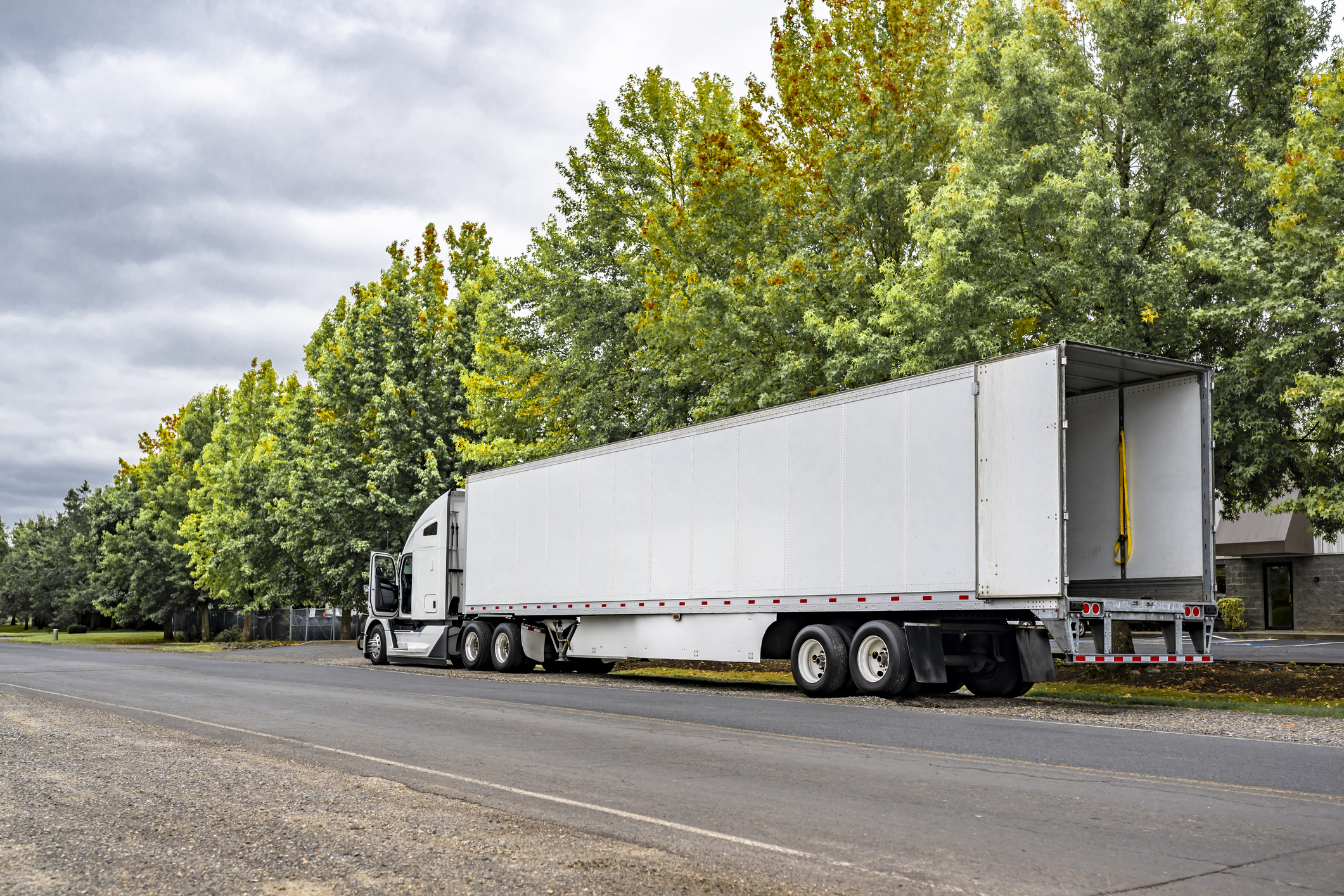Sustainability: More Than Just an Environmental Catchphrase

These days the word “sustainability” is thrown around a good bit. You hear it most often in reference to the environment and things like recycling and green living. But there’s something to be said for sustainability in the workforce, too.
“Sustainability can be viewed as a triangle. There are three sides and they support one another — environmental, social, and economic,” says Katie Love, Customer Success Manager at WorkHound. “Where social and economic stability meet is the idea that when workers feel secure in their jobs, they’re going to make better and longer-term decisions about other things in their lives, like saving to buy a house or simply eating healthy.”
A sustainable workforce is one that’s secure and sticking around — in other words, a team that’s committed to the business and a business that’s committed to the team.
In the grand scheme, this equals economic sustainability for your company, and with the recent string of closing trucking companies, now more than ever it’s crucial to evaluate your company’s sustainability.
If a business is committed to the team, then this is the key to creating and promoting a sustainable workforce.
Economic Stability in the Trucking Industry
Drivers in the trucking industry face unique challenges when it comes to big-picture goals relying on finances. One key challenge is a fluctuating income. What a driver earns one month may not be the same as the next month.
That may just be the nature of truck driving, but it also makes a negative impact on a drivers’ time horizon. A time horizon is the future time period for which people are making decisions. Often times, salaried workers can look ahead weeks, maybe even years, to plan for achieving life goals.
For workers on a fluctuating income, that time horizon could be limited to days, even hours. We all know at least one worker that was happy on Monday, something made them mad on Tuesday and then they’re at a new company by Friday, right? Expanding the time horizon also slows down the rate at which employees turnover.
When it comes to making a large-scale, economic impact, expanding the time horizon alleviates financial pressure from workers and allows them to plan farther ahead for larger-scale goals.
While this may be a familiar challenge, it is also an opportunity for trucking companies to step in and make a difference for their drivers. While drivers are accustomed to a different lifestyle and a fluctuating income, they still desire stability and certainty.
That’s where companies can make an impact — one that both supports drivers and sustains the workforce.
“Many drivers are in a career situation where they’re unable to make life decisions that will impact others,” Love says. “If companies are able to offer benefits that help drivers expand their time horizon, this shows that they are more valuable to the company than just what they provide immediately for the bottom line.”
What Drivers Are Looking For
In a recent blog, we shared the benefit of providing truck drivers with retirement planning help, whether that’s in the form of matching contributions to retirement funds or financial education.
But when it comes to benefits, retirement planning assistance isn’t the only need. Drivers are looking for help and security in other aspects of life, as well.
Health insurance, for both drivers and their dependents, is one key benefit that drivers are looking for. Offering opportunities for upward mobility or new positions, along with assistance in maintaining good health, are other ways companies can show drivers they are valued.
“It can be tough for drivers to maintain healthy lifestyles — they’re eating meals on the road, sitting for long periods of time, and scheduling routine check-ups is even more challenging with an inconsistent schedule,” Love says. “Some of the companies we work with have offered resources like wellness programs, which help drivers maintain wellness check-ups to prevent illness later on down the road.”
A wellness program may seem small, but this can really make a positive impact on driver morale as well as reduced downtime as a result of neglected health.
Above all, no matter what benefits are being provided, ease of accessing them can make a huge difference. It’s especially important to take extra steps to ensure a smooth onboarding experience for drivers that’s inclusive by helping them obtain health insurance and other resources they need to feel secure.
Case in point, Consider this scenario:
“We had a new driver share via WorkHound that he was unable to get his partner onto the company’s insurance, so he was moving on to another company,” Love says. “If that company had offered insurance for dependents upfront or some help with premiums, that company might have been able to save a valuable member of the team.”
Bottom line: Sustainable choices make employees happy. Happy employees stick around. They help increase workforce productivity. They advocate for your company. And they help build a competitive differentiator for your company to stand out above the rest.
Drivers are most likely to leave your business within the first 30 to 90 days of their employment. Are you hearing their feedback and offering solutions, or could you use a tool that would help you do just that? Reach out to us today for a free demo.
Let's Build Better Workplaces Together
Revolutionize your company culture and your worker retention rates by improving communication and engagement.
Book a Demo

